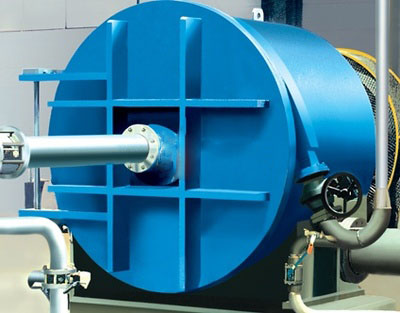Three fundamental functions: secondary defibering, separating light impurities, removing heavy and coarse impurities.
With the defibrater in the pulping process,fiber separator uses the recycled paper with poor quality and reduces the pretreatment of the raw material.
Fiber separator increases the production of existing hydrapulper, reduces the energy consumption by 10~20%. Fiber separator obtains high quality stock,reduces fiber loss and increases screening efficiency.

| Model | Capacity (t/24h) | Inlet Consistency(%) | Hole Size(mm) | Rotor Diameter(mm) | Motor Power(KW) |
| ZDF21 | 30-35 | 2-4 | ф3-ф5 | Φ450 | 30-37 |
| ZDF22 | 35-50 | 2-4 | Φ520 | 37-45 | |
| ZDF23 | 60-80 | 2-4 | Φ600 | 55-75 | |
| ZDF24 | 80-100 | 2-4 | Φ720 | 55-75 | |
| ZDF25 | 100-130 | 2-4 | Φ910 | 75-90 | |
| ZDF26 | 130-200 | 2-4 | Φ1100 | 160-200 | |
| ZDF27 | 200-250 | 2-4 | Φ1250 | 200-220 | |
| ZDF28 | 250-300 | 2-4 | Φ1450 | 315-350 |
Application:
Fiber separator can remove all kinds of impurities of recycled paper with help of the different specific gravity of fibers. It com- bines
The functions of defibering, separating and screening in one unit. As a secondary pulping and separating equipment, it is normally adownsteam equipment of the hydrapulper. As a reject screen, fiber separator can also handle with coarse impurities.

